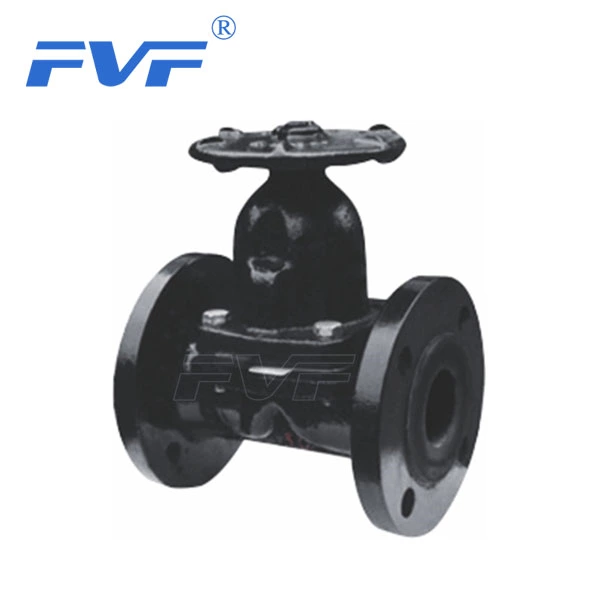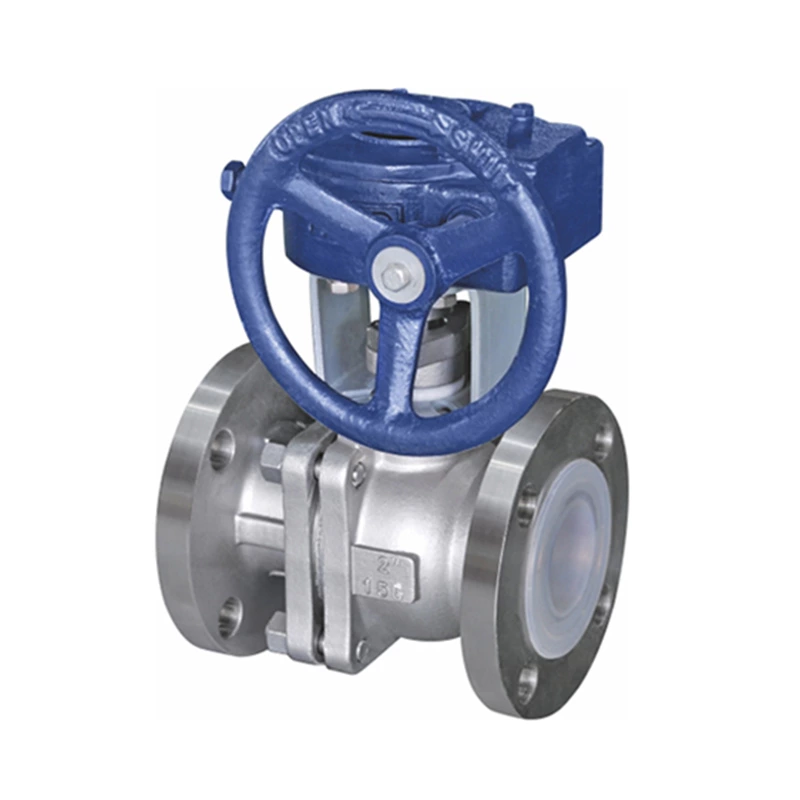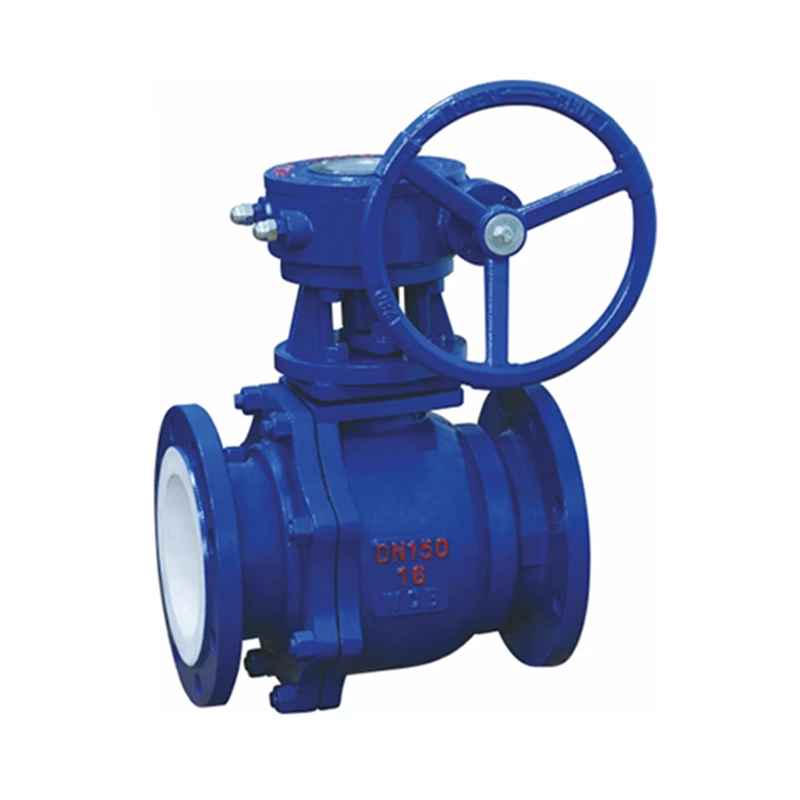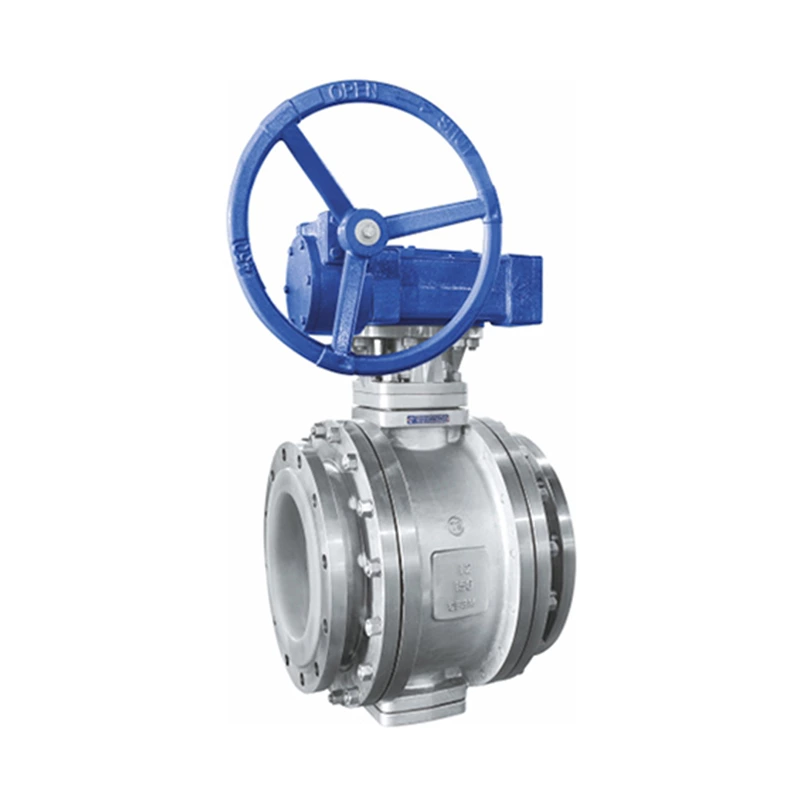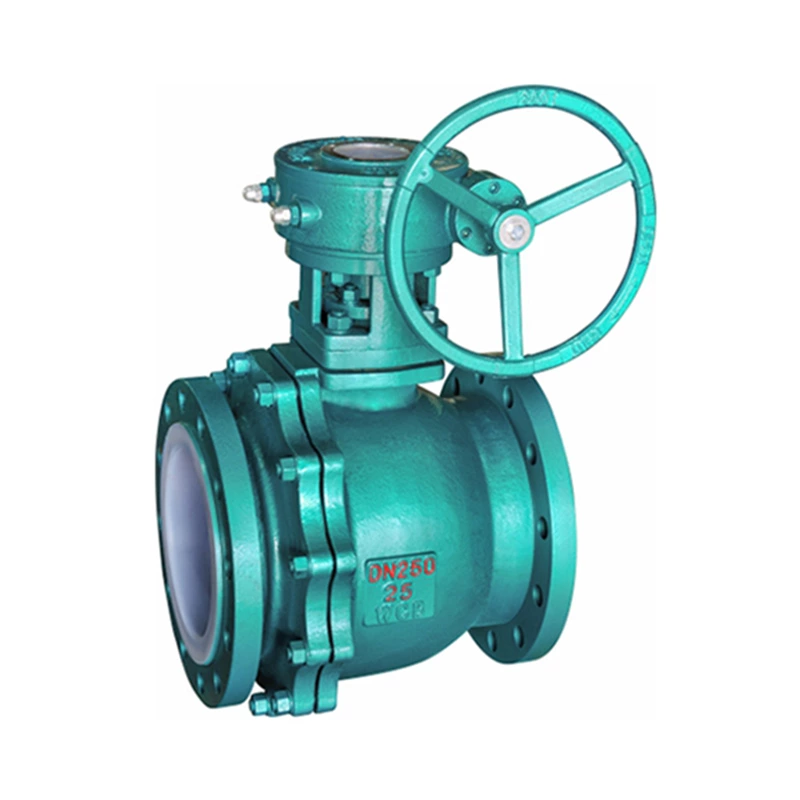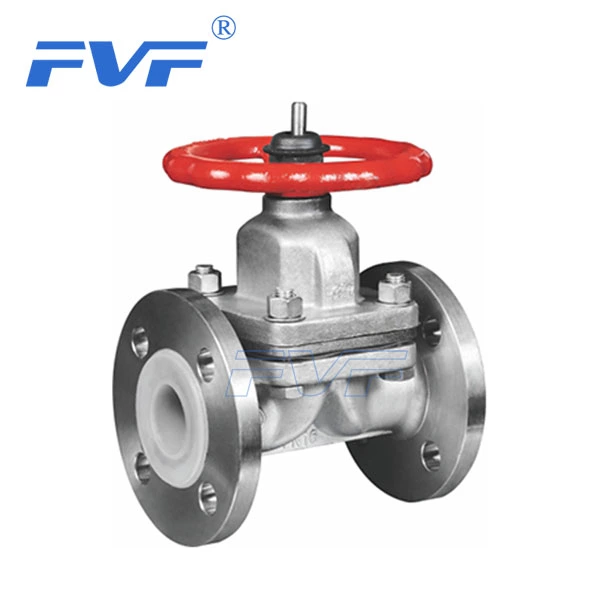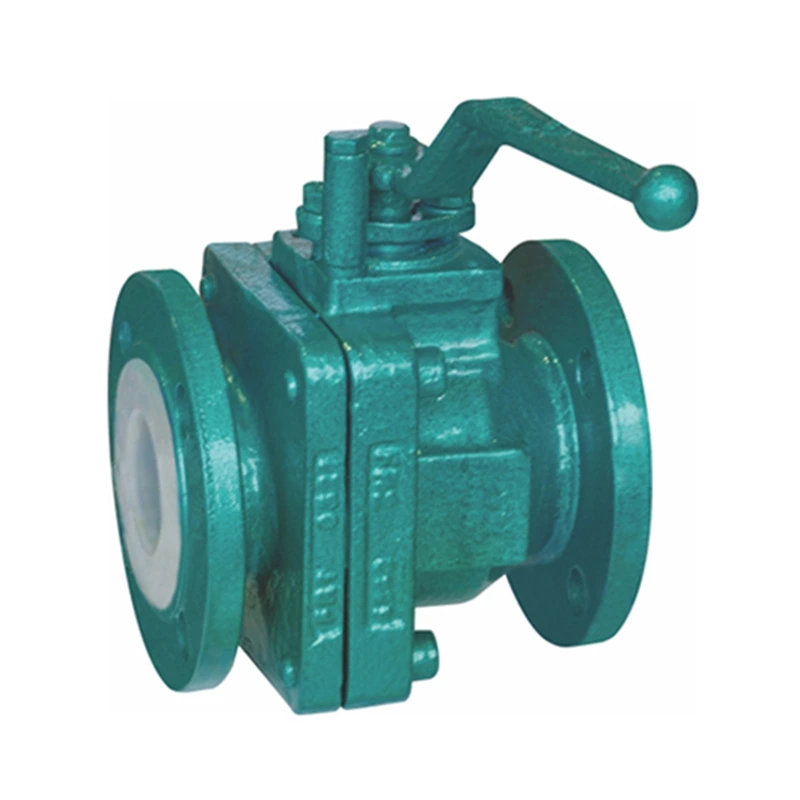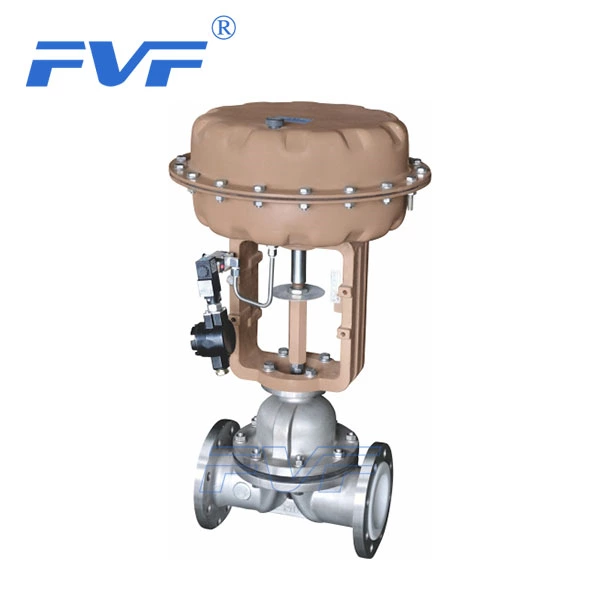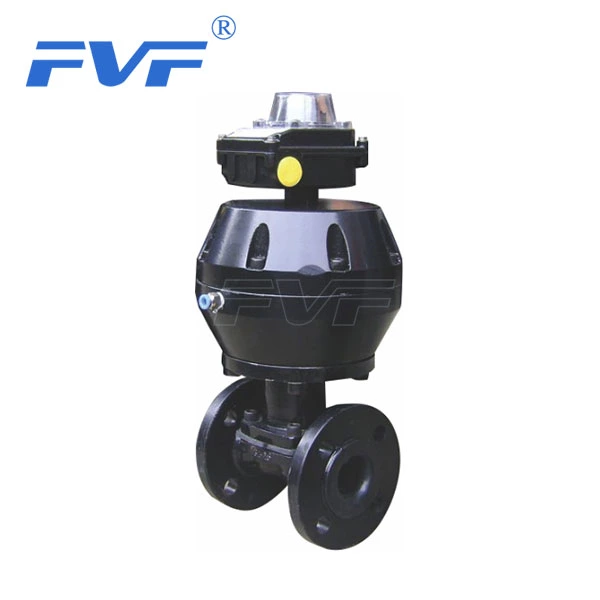Types And Uses Of Lined Valve
The valve body materials of Lined Valve are mainly: 301, 304, 316, 304L, 316L or divided into: CF8, CF3, CF8M, CF3M according to international standards. The main stainless steel valve products are: stainless steel gate valve, stainless steel stop valve, stainless steel butterfly valve, stainless steel ball valve, stainless steel check valve, stainless steel filter, stainless steel plug valve, stainless steel discharge valve, stainless steel steam trap, stainless steel plunger valve, stainless steel needle valve, stainless steel flame arrester, stainless steel pneumatic valve, stainless steel sanitary valve, etc.
Stainless steel valves are generally used in occasions where the working medium has a certain degree of corrosiveness. The ability of any valve material to resist the corrosion of the working medium is relatively limited and is affected by many factors. If the processing technology and heat treatment technology used in the manufacturing process are appropriate, the corrosion resistance of this material can be guaranteed.
Stainless steel valves have become a must-buy valve product in various industries, but there are very few domestic valve manufacturers that can meet international standards. Therefore, before purchasing stainless steel valves, customers must ask merchants to provide production licenses and factory certificates of various stainless steel valves, so as to reduce the purchase of unqualified products.
Stainless steel valves are control components in pipeline fluid delivery systems. They are used to change the cross-section of the passage and the flow direction of the medium. They have functions such as diversion, shutoff, regulation, throttling, check, diversion or overflow pressure relief. Valves used for fluid control, from the simplest shut-off valve to various valves used in extremely complex automatic control systems, have a wide variety of varieties and specifications. The nominal diameter of the valve ranges from extremely small instrument valves to industrial pipeline valves with a diameter of 10m. Valves can be used to control the flow of various types of fluids such as water, steam, oil, gas, mud, various corrosive media, liquid metals and radioactive fluids. The working pressure of the valve can range from 0.0013MPa to 1000MPa of ultra-high pressure, and the working temperature ranges from ultra-low temperature of -269℃ to high temperature of 1430℃. The control of the valve can adopt a variety of transmission methods, such as manual, worm gear, pneumatic, hydraulic, electric, electromagnetic, electromagnetic-hydraulic, electric-hydraulic, gas-hydraulic, spur gear, bevel gear drive, etc.; it can act according to predetermined requirements under the action of pressure, temperature or other forms of sensor signals, or simply open or close without relying on sensor signals. The valve relies on a drive or automatic mechanism to make the opening and closing parts move up and down, slide, swing or rotate, thereby changing the size of its flow area to achieve its control function.
